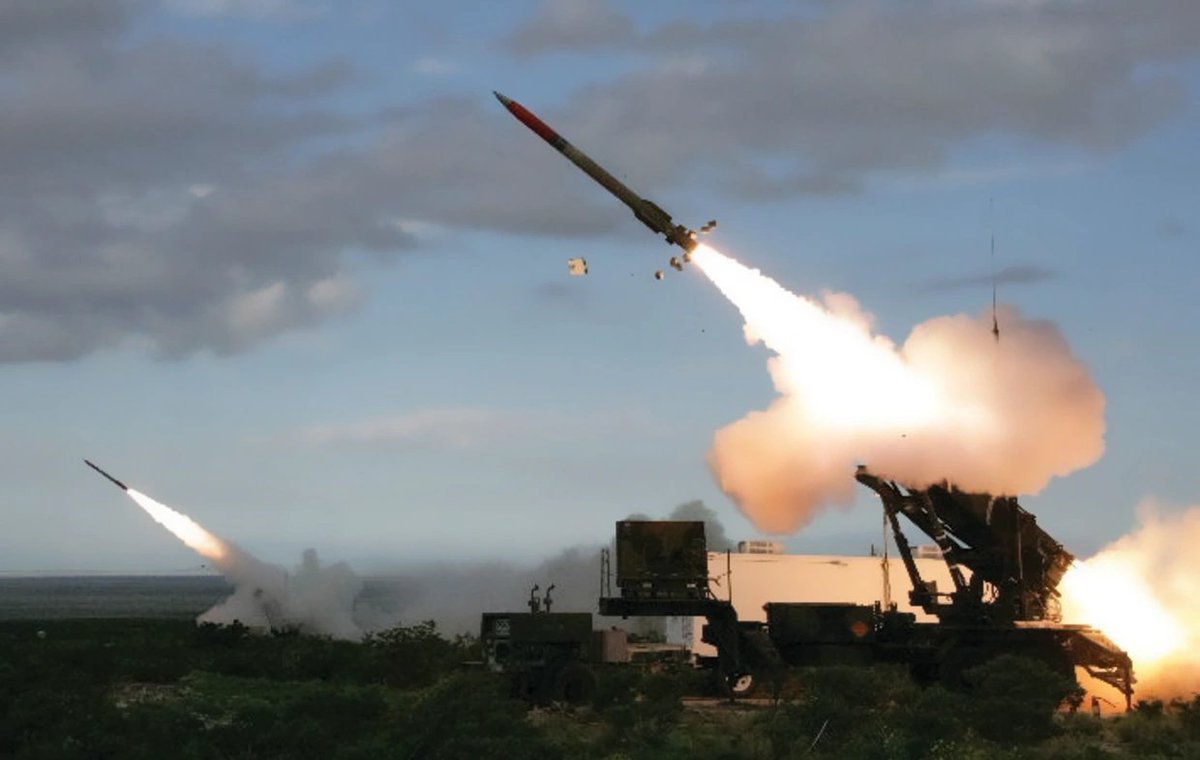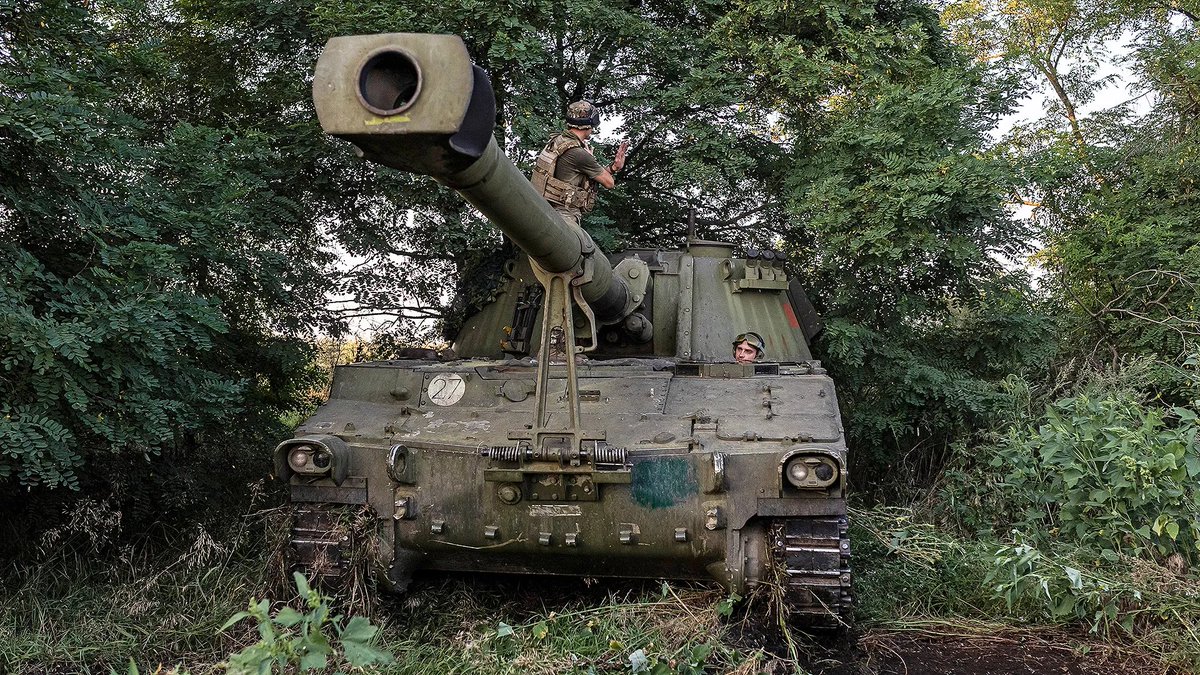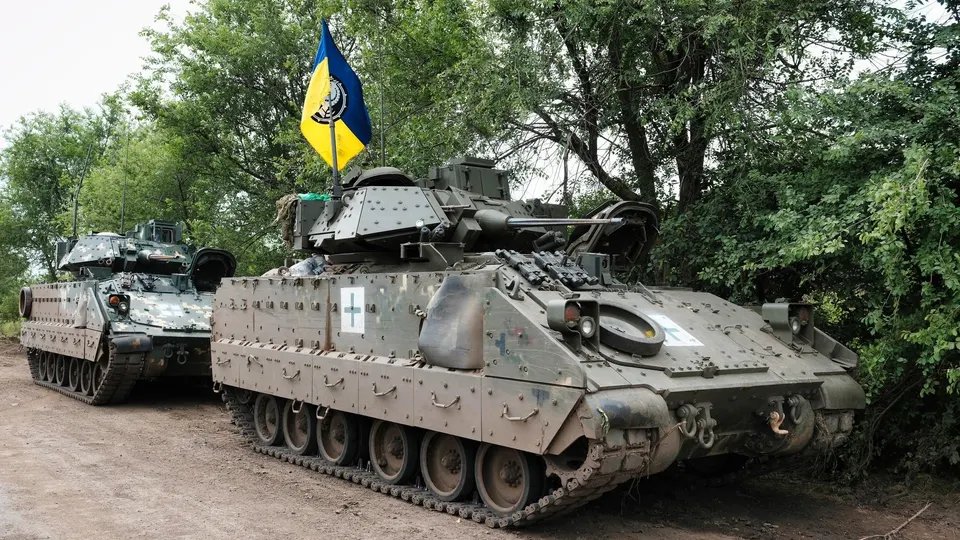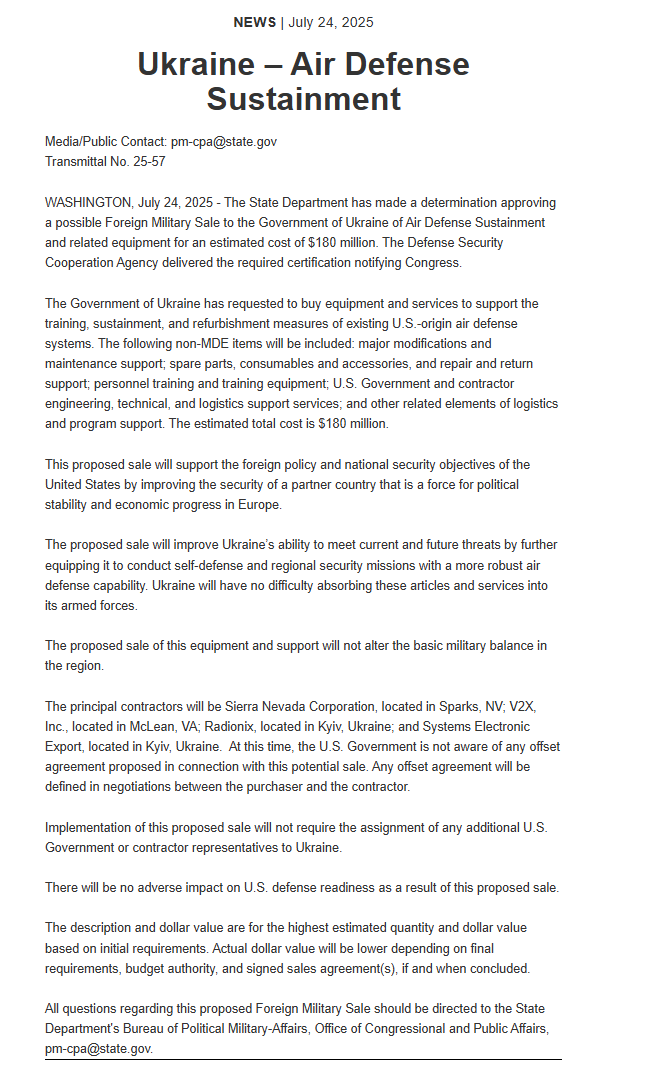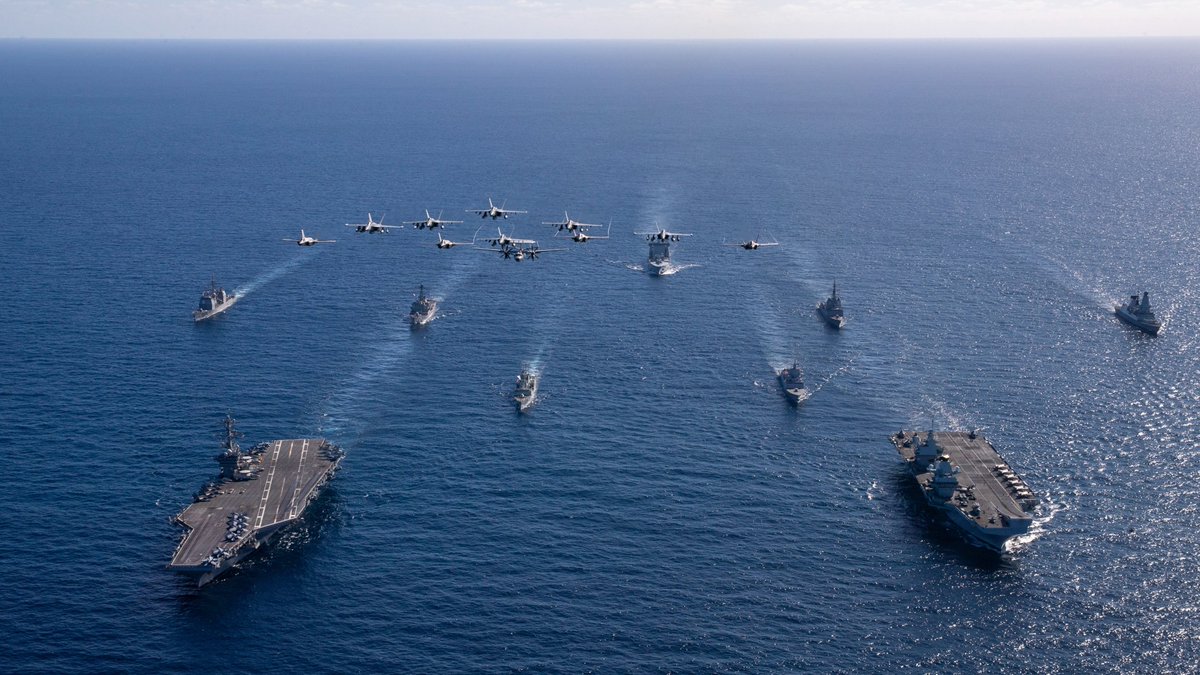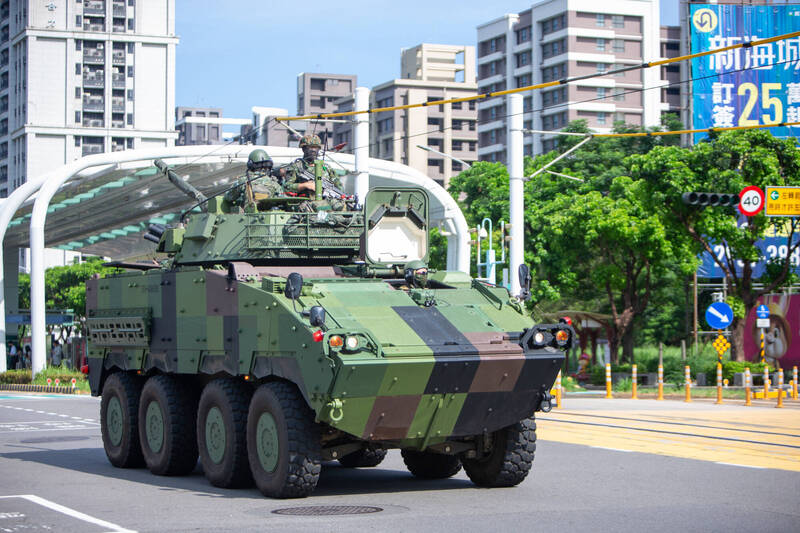Exclusive from @hntrbrkmedia: Joby’s ($JOBY) new long-range hydrogen-powered UAV has broken cover in eastern Oregon.
The large UAV, registered as the JAI 30, has already completed at least one H2-powered flight, where it remained airborne for over 9 hours.
The large UAV, registered as the JAI 30, has already completed at least one H2-powered flight, where it remained airborne for over 9 hours.

Hunterbrook managed to capture images of the JAI 30 — which are, as far as we know, the first ever published. They show its forward fairing removed, revealing that a major portion of the aircraft’s interior is occupied by at least one large hydrogen tank. 

Joby Aviation ($JOBY) is a California-based aerospace company developing electric vertical takeoff and landing (eVTOL) aircraft initially intended for air taxi and short-range passenger flights. 

These days, Joby is increasingly positioned not just as a commercial air taxi provider — but as a vertically integrated dual-use aerospace and defense contractor.
In June 2024, Joby acquired the autonomy division of Xwing Inc, bringing in what Joby described as an industry leader in autonomous, unmanned operations. Xwing has a deep relationship with the Air Force’s AFWERX program, conducting hundreds of flight hours across numerous tests in what the Air Force called “an operationally relevant environment.”

The DOD has expressed great interest in hydrogen-powered aircraft under its AFWERX program. According to Jacob Wilson, Acting Branch Chief of AFWERX Agility Prime, the Air Force’s program to accelerate the commercial market for advanced air mobility aircraft: "Agility Prime has been very supportive of hydrogen-powered aircraft development and testing as it aligns with the program’s goals to advance transformative vertical lift technologies and broader Department of Defense operational energy goals of energy substitution and diversification, and energy demand reduction."
Hunterbrook was able to identify an XWING trailer at Joby’s test site in Eastern Oregon, one that had previously been seen at an Air Force test in California. 

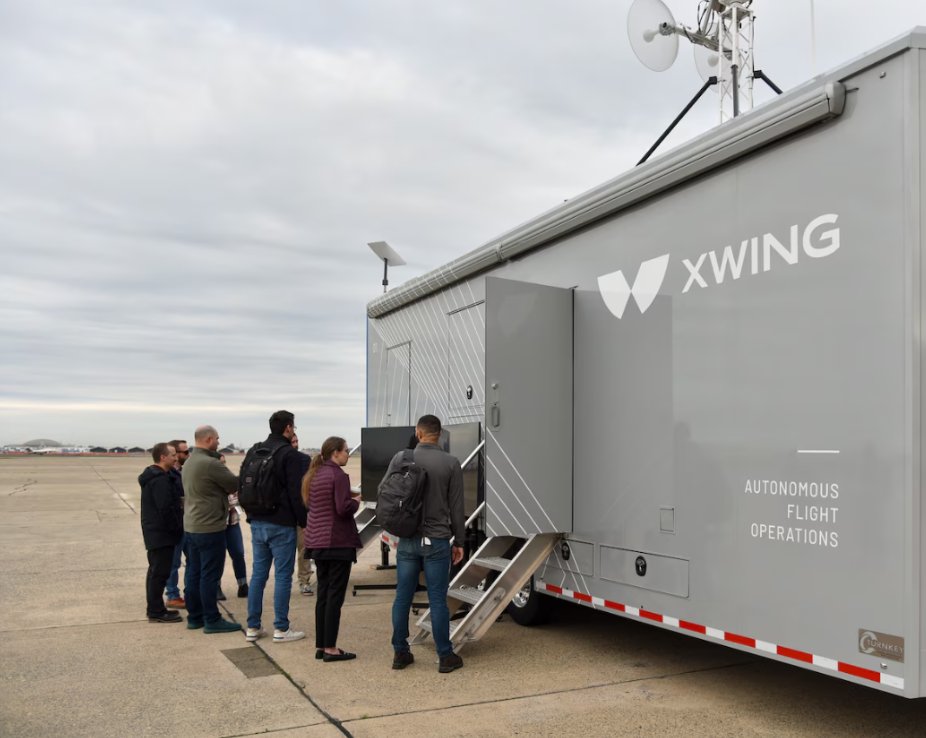
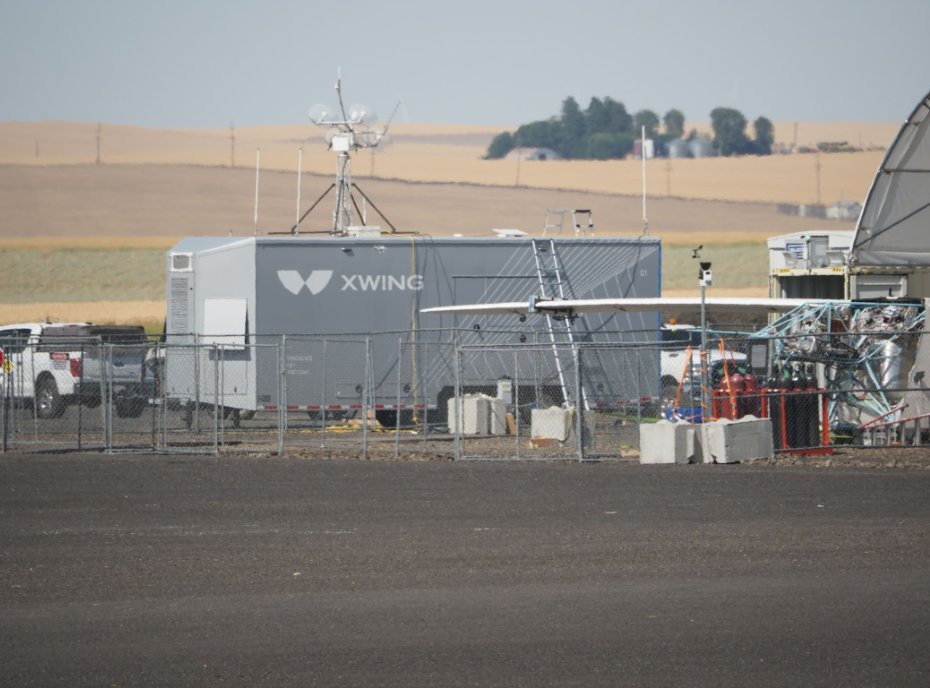
The location choice is unsurprising, the Pendleton UAS Range, spanning over 14,000 square miles across northeast Oregon, is one of the largest and most capable unmanned aircraft testing centers in the U.S.
Other major defense companies currently use the site. Hunterbrook learned that Anduril has a physical office and hangar space.
Joby appears to be a new operator at Pendleton, setting up its hangar and JAI 30 operations between late May and early June of this year, according to satellite imagery reviewed by Hunterbrook.
• • •
Missing some Tweet in this thread? You can try to
force a refresh



